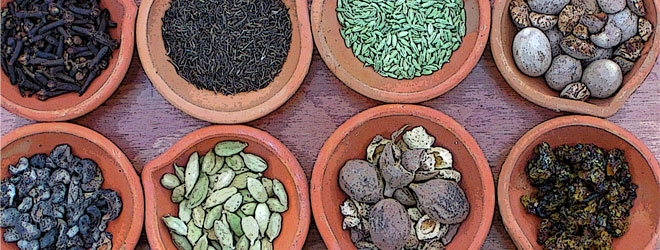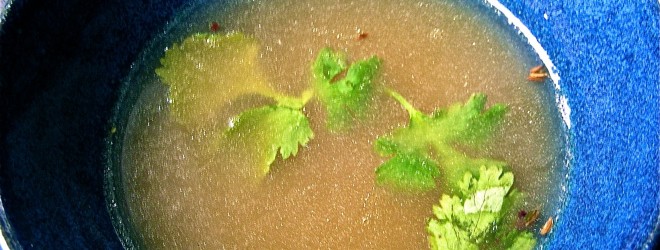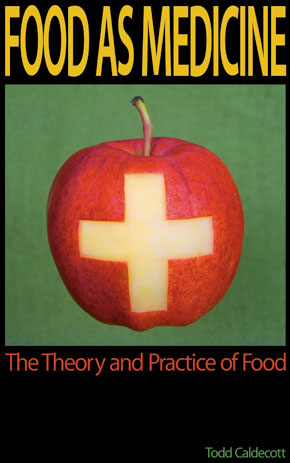Come join us on March 15th for 12 Culinary Herbs You Can’t Live Without, a casual and engaging evening with author and veteran practitioner Todd Caldecott. During this free lecture, Todd will introduce you to twelve important culinary herbs that everyone should know, providing a detailed review of their nutritional and phytochemical properties, as well as their culinary and medicinal uses. In this class, you will learn:
- how to cook with these 12 herbs
- what foods they go best with
- how to prepare and use them as a medicine.
Date: March 15th, 2016
Time: 6pm PST
There is limited space available for this lecture, so register now!





